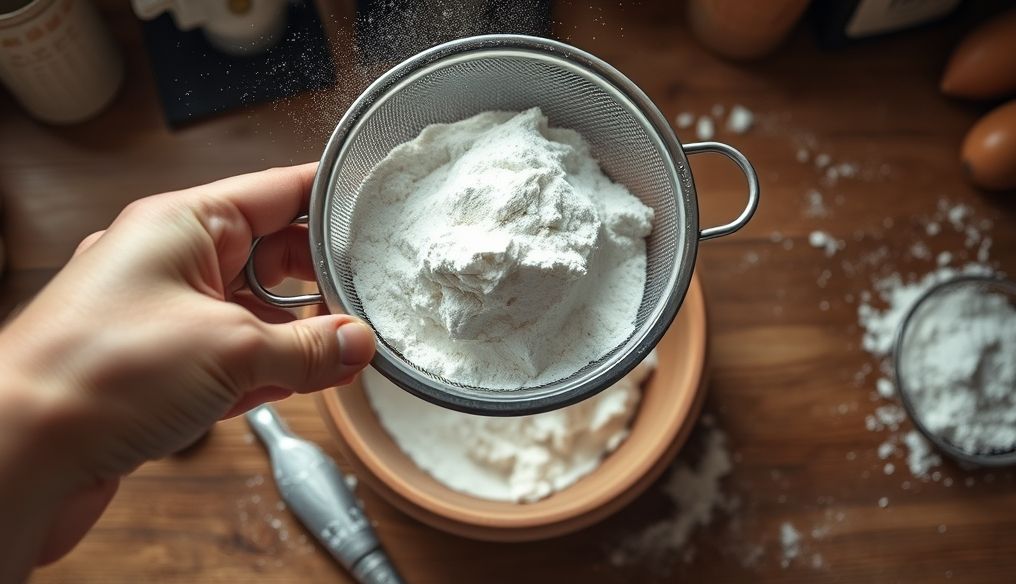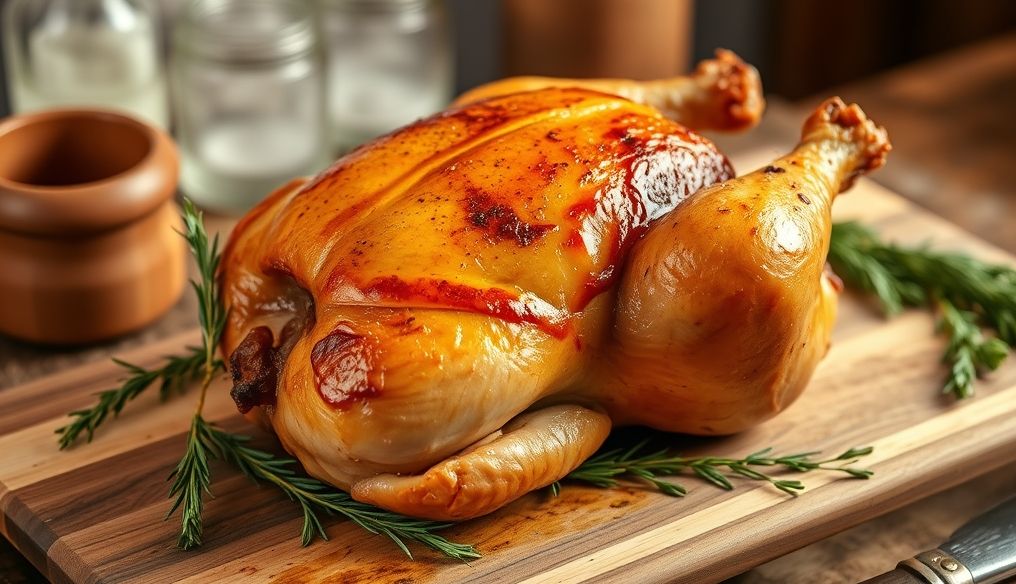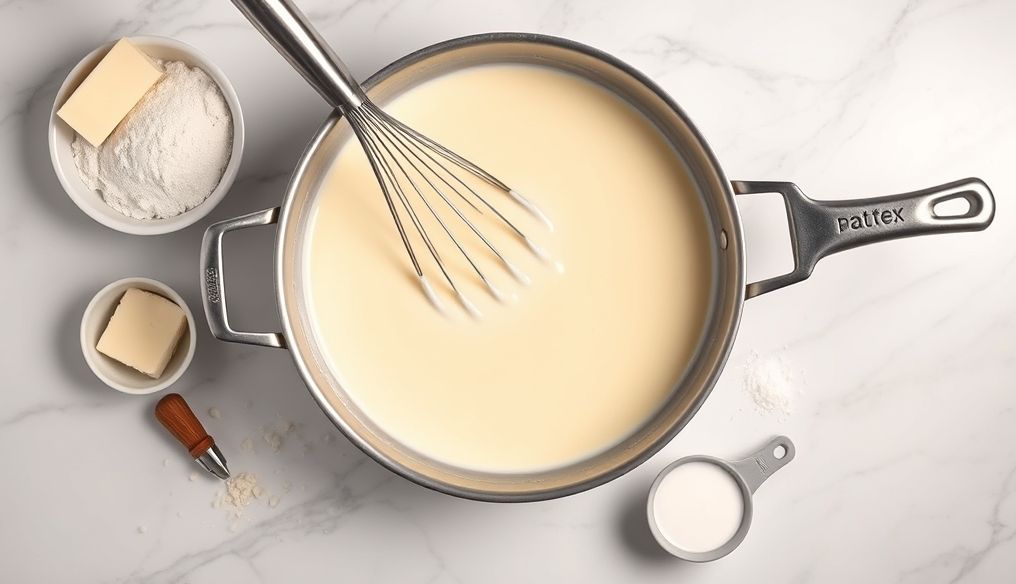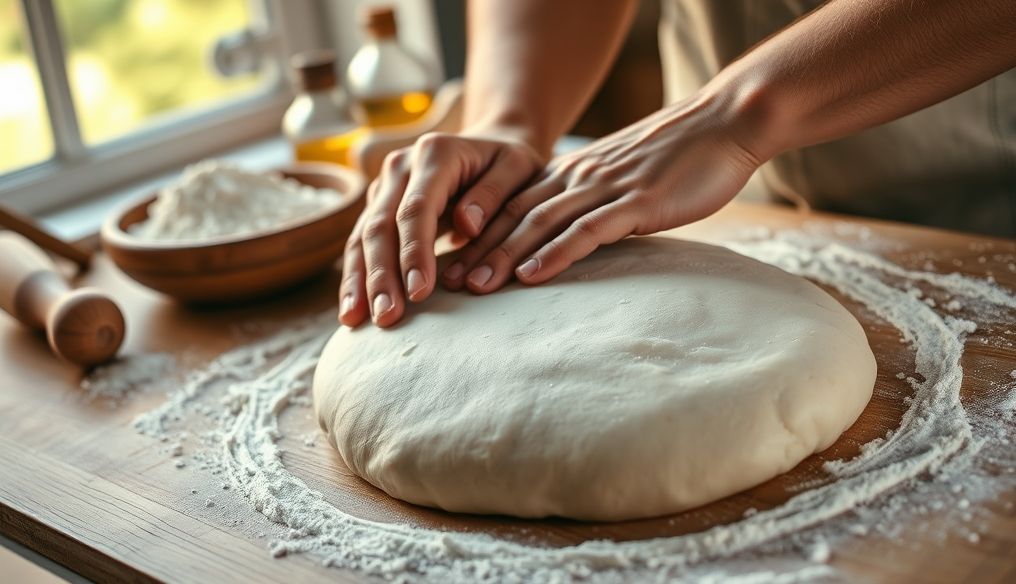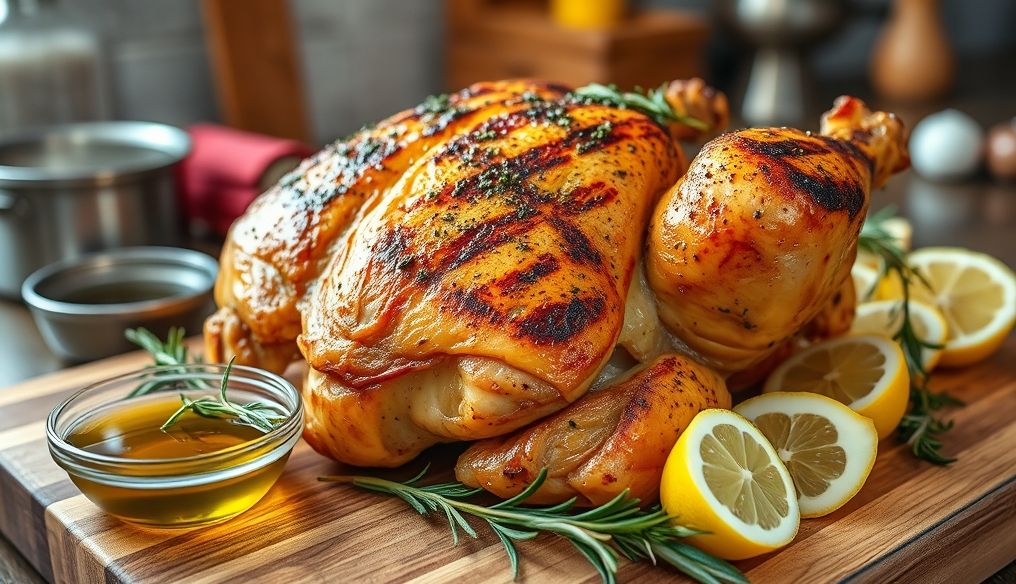Is Sifting Flour Necessary for Perfect Baking?
Sifting flour is the process of passing flour through a sifter or sieve to remove impurities and break up clumps. This practice was very common in the past, but with the development of flour production processes, is it still necessary? This article will explore the benefits and drawbacks of sifting flour, different types of flour, how sifting affects baking results, and practical tips for determining when sifting is necessary and when it can be omitted.
Chapter 1: The History of Flour Sifting and Its Traditional Importance
In the past, flour often contained impurities such as wheat husks, insects, or even small pieces of stones. Sifting flour was necessary to remove these impurities and ensure that the flour was clean and safe for consumption. In addition, sifting helped to break up clumps that formed during storage, making the flour easier to use and improving the texture of baked goods.
- Removing Impurities: The main goal was to purify the flour of any unwanted materials.
- Breaking Up Clumps: Helps to distribute the flour evenly, preventing dense spots in baked goods.
- Aerating the Flour: Sifting is believed to increase the volume of the flour and make it lighter, resulting in more delicate baked goods.
Chapter 2: Benefits of Sifting Flour in the Modern Era
Although the quality of flour has improved significantly, sifting flour still offers some benefits:
1. Ensuring the Purity of Flour
Even with modern production processes, flour may still contain some fine impurities. Sifting ensures the removal of any unwanted residues, contributing to a cleaner and higher quality final product.
2. Breaking Up Clumps and Improving Texture
Clumps can form in flour during storage, especially in humid environments. Sifting breaks up these clumps and ensures that the flour is distributed evenly in the mixture, resulting in a better texture for baked goods.
3. Aerating the Flour and Increasing Volume
Sifting introduces air into the flour, making it lighter and more voluminous. This can be beneficial in some recipes that require a light and delicate texture, such as sponge cakes.
4. Evenly Distributing Dry Ingredients
When adding other dry ingredients such as baking powder or salt, sifting can help to distribute them evenly in the flour, ensuring a uniform reaction during baking.
Chapter 3: Drawbacks of Sifting Flour
Despite its benefits, sifting flour has some drawbacks that should be considered:
1. Time and Effort Consumption
Sifting flour takes extra time and effort, especially when preparing large quantities of flour. This can be inconvenient, especially if you are in a hurry.
2. Loss of Some Nutrients
Some believe that sifting flour may lead to the loss of some nutrients found in wheat husks, such as fiber. However, the amount of nutrients lost is usually minimal.
3. Not Always Necessary
In many cases, especially when using high-quality flour, sifting flour may not be necessary to achieve good results. Good mixing can be sufficient to break up clumps and distribute ingredients evenly.
Chapter 4: Types of Flour and the Effect of Sifting on Them
Different types of flour vary in their composition and uses, which affects the extent to which they need to be sifted:
1. All-Purpose Flour
All-purpose flour is the most common in baking. It is often pre-sifted during production, so additional sifting may not be necessary unless the flour is old or contains clumps.
2. Whole Wheat Flour
Whole wheat flour contains bran and germ, making it more prone to clumping. Sifting can help break up clumps and improve the texture of baked goods, but it may reduce the amount of fiber.
3. Almond Flour and Gluten-Free Flour
These types of flour are often more prone to clumping and need to be sifted to ensure even distribution in the mixture. Sifting helps to improve the texture of gluten-free baked goods.
Chapter 5: When is Sifting Flour Necessary?
To determine when sifting flour is necessary, consider the following factors:
1. Flour Quality
If the flour is old or contains obvious impurities, sifting is necessary. But if the flour is high-quality and fresh, sifting may not be necessary.
2. Recipe Type
Recipes that require a light and delicate texture, such as sponge cakes and delicate pastries, benefit from sifting flour. Recipes that require a dense texture, such as bread, may not need sifting.
3. Presence of Clumps
If the flour contains clumps, sifting is necessary to break them up and ensure that the flour is distributed evenly in the mixture.
Chapter 6: How to Sift Flour Correctly
If you decide to sift flour, follow these steps:
- Choose the Right Sifter: Use a sifter with fine openings to ensure that impurities are removed and clumps are broken up.
- Place Flour in the Sifter: Place a small amount of flour in the sifter at a time.
- Shake the Sifter: Gently shake the sifter over a bowl or clean baking sheet.
- Dispose of Impurities: Dispose of any impurities or clumps that remain in the sifter.
Chapter 7: Alternatives to Sifting Flour
If you don't want to sift flour, you can use other alternatives to achieve the same results:
1. Good Mixing
Good mixing of the flour with other ingredients can help break up clumps and distribute the ingredients evenly.
2. Using a Whisk
A whisk can be used to aerate the flour and break up clumps before adding it to the mixture.
3. Using a Food Processor
A food processor can be used to mix the flour with other ingredients and distribute them evenly.
Chapter 8: Additional Tips for Perfect Baking
In addition to sifting flour, here are some other tips that can help you achieve perfect baked goods:
- Use Fresh Ingredients: Use fresh, high-quality ingredients for best results.
- Measure Ingredients Accurately: Measuring ingredients accurately ensures that you get the desired texture and flavor.
- Follow the Recipe Carefully: Follow the recipe carefully, especially with regard to temperatures and baking times.
- Avoid Overmixing: Overmixing can lead to tough baked goods.
Conclusion
Sifting flour is not always necessary, but it can be helpful in some cases. If you are using old flour or flour that contains impurities, or if you are preparing a recipe that requires a light and delicate texture, sifting flour can improve the baking results. However, if you are using high-quality and fresh flour, sifting may not be necessary. Ultimately, the decision depends on your personal preferences and the type of recipe you are preparing.
